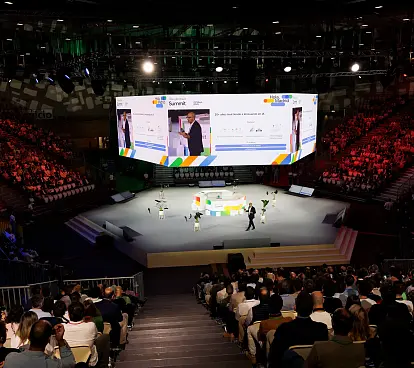
Asset Tokenization
19 de abril de 2023
Asset tokenization is an innovative process that involves converting physical assets or financial instruments into digital tokens on a blockchain. These tokens represent ownership rights to the underlying asset and can be traded or transferred easily without the need for intermediaries. Asset tokenization has gained popularity in the financial world as it offers numerous benefits such as increased liquidity, fractional ownership, and reduced transaction costs.
One of the most significant use cases of asset tokenization is in real estate. Tokenization allows investors to own a fractional share of a property, which can be traded on a blockchain platform. This provides a more accessible and affordable way for people to invest in these assets, eliminating the need for large amounts of capital and the high transaction costs associated with traditional investment methods.
Another use case for asset tokenization is in the art world. Tokenizing artwork allows investors to own a fraction of a painting, sculpture, or other artwork, which can be traded on a blockchain platform. This provides a more democratic way for people to invest in art, as it allows them to own a share of a valuable piece without having to purchase the entire piece.
The future of asset tokenization looks bright, as more and more assets are being digitized and traded on blockchain platforms. This trend is expected to continue as blockchain technology becomes more mainstream and traditional financial institutions embrace the benefits of tokenization. In the coming years, we can expect to see more asset classes being tokenized, such as commodities, stocks, and even intellectual property.
One potential barrier to the widespread adoption of asset tokenization is regulatory uncertainty. As the technology is still relatively new, regulators are still figuring out how to classify and regulate digital assets. However, as more jurisdictions around the world develop clear regulatory frameworks for asset tokenization, we can expect to see more widespread adoption of this technology.
In conclusion, asset tokenization is a revolutionary technology that is changing the way we invest in and trade assets. Its benefits, such as increased liquidity, fractional ownership, and reduced transaction costs, make it an attractive option for investors and asset owners alike. As more assets are digitized and traded on blockchain platforms, we can expect to see the continued growth of asset tokenization in the coming years.
Nuestras últimas novedades
¿Te interesa saber cómo nos adaptamos constantemente a la nueva frontera digital?

Evento
26 de mayo de 2025
Madrid vibra con la nueva era de la Inteligencia Artificial en el Google Cloud Summit 2025

Insight
18 de febrero de 2025
El poder transformador de la IA en salud y farma

Tech Insight
19 de diciembre de 2024
Contract Testing con Pact - La guía definitiva

Insight
10 de diciembre de 2024
Tecnologías rompedoras hoy, que redibujarán el mapa de la innovación en 2025
